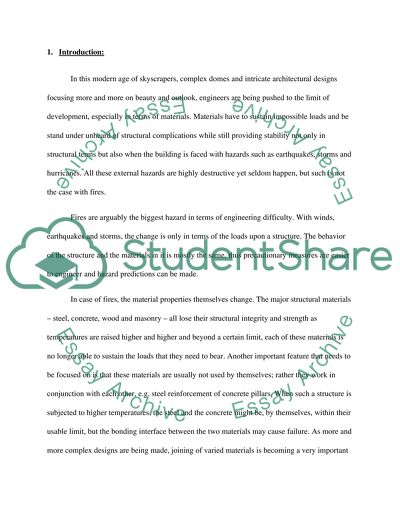Cite this document
(“Fire Resistant Design Essay Example | Topics and Well Written Essays - 2500 words”, n.d.)
Fire Resistant Design Essay Example | Topics and Well Written Essays - 2500 words. Retrieved from https://studentshare.org/miscellaneous/1572653-fire-resistant-design
Fire Resistant Design Essay Example | Topics and Well Written Essays - 2500 words. Retrieved from https://studentshare.org/miscellaneous/1572653-fire-resistant-design
(Fire Resistant Design Essay Example | Topics and Well Written Essays - 2500 Words)
Fire Resistant Design Essay Example | Topics and Well Written Essays - 2500 Words. https://studentshare.org/miscellaneous/1572653-fire-resistant-design.
Fire Resistant Design Essay Example | Topics and Well Written Essays - 2500 Words. https://studentshare.org/miscellaneous/1572653-fire-resistant-design.
“Fire Resistant Design Essay Example | Topics and Well Written Essays - 2500 Words”, n.d. https://studentshare.org/miscellaneous/1572653-fire-resistant-design.


